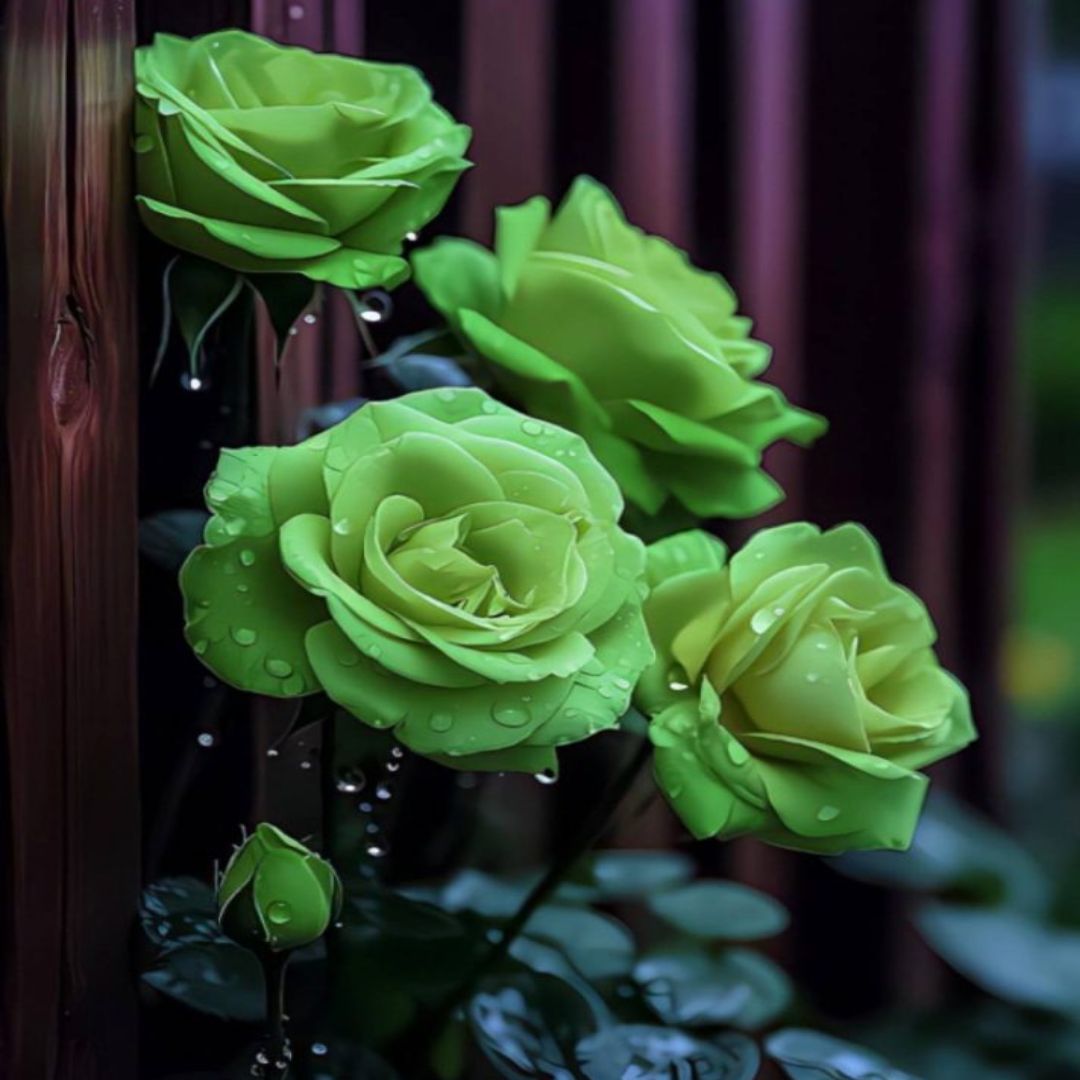Lily of the valley (Convallaria majalis) is well known for its delicate bells and beautiful sweet scent, and it was also the late Queen Elizabeth II’s favourite flower.
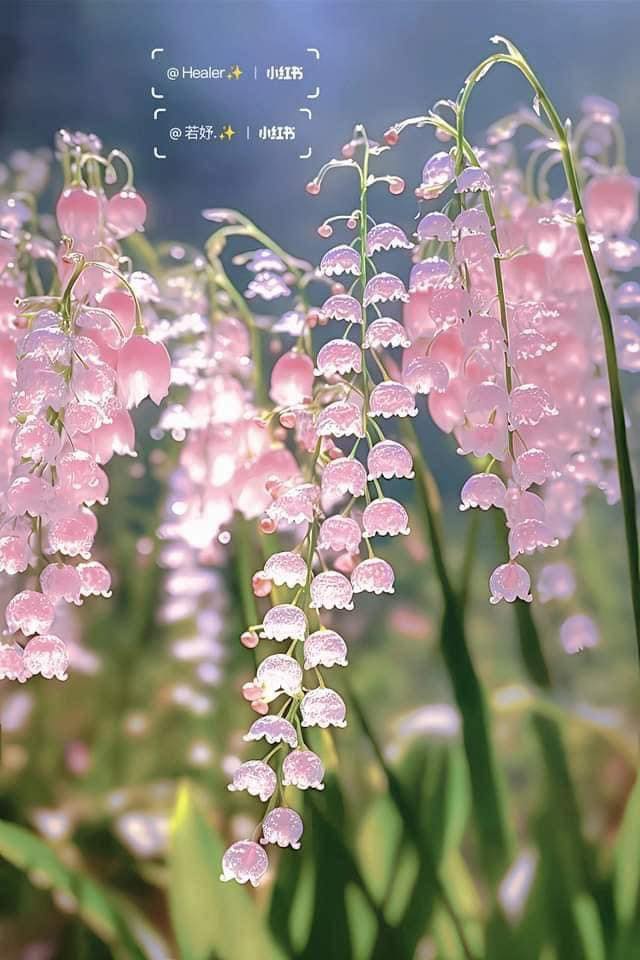
This fast-growing perennial provides excellent ground cover in gardens and quickly spreads to form a fragrant carpet of white or pink-nodding bell-shaped flowers in spring. Set against lush green leaves, lily of the valley also makes a wonderful cut flower for scented, springtime posies, and the plant traditionally features in spring wedding bouquets.
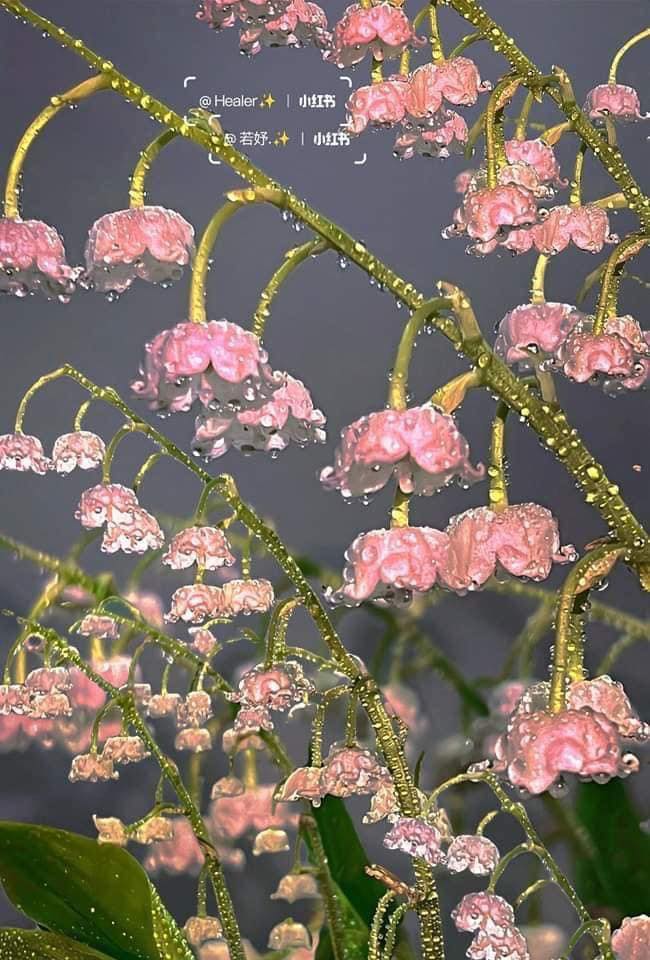
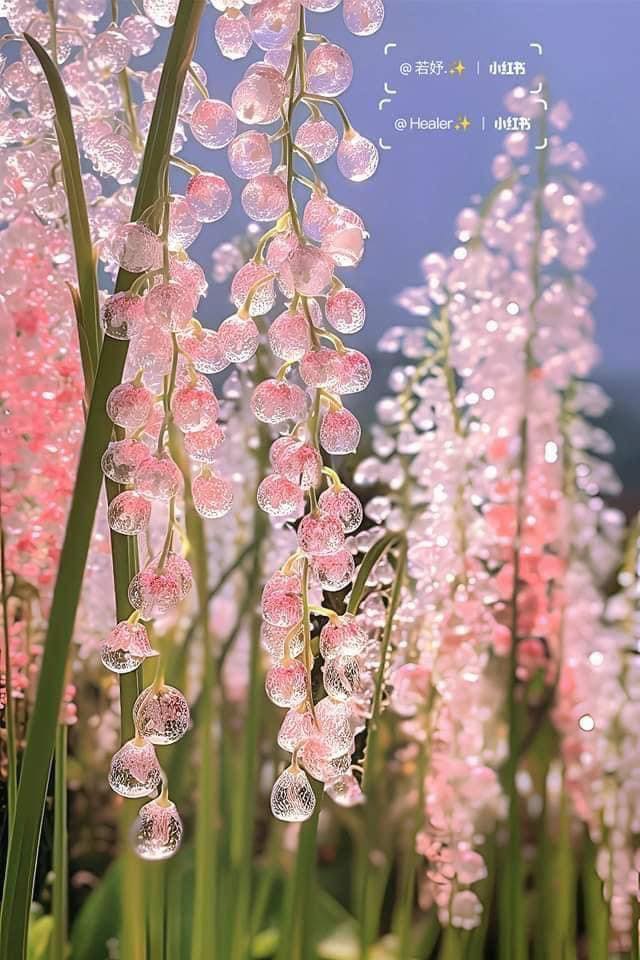
The delicate, lightly arched stems can bear up to 12 bell-shaped flowers – each bell comprises six petals. It can grow up to 20cm in height, and has previously gained the Royal Horticultural Society’s award of Garden Merit, which commends the best plants for home gardeners.

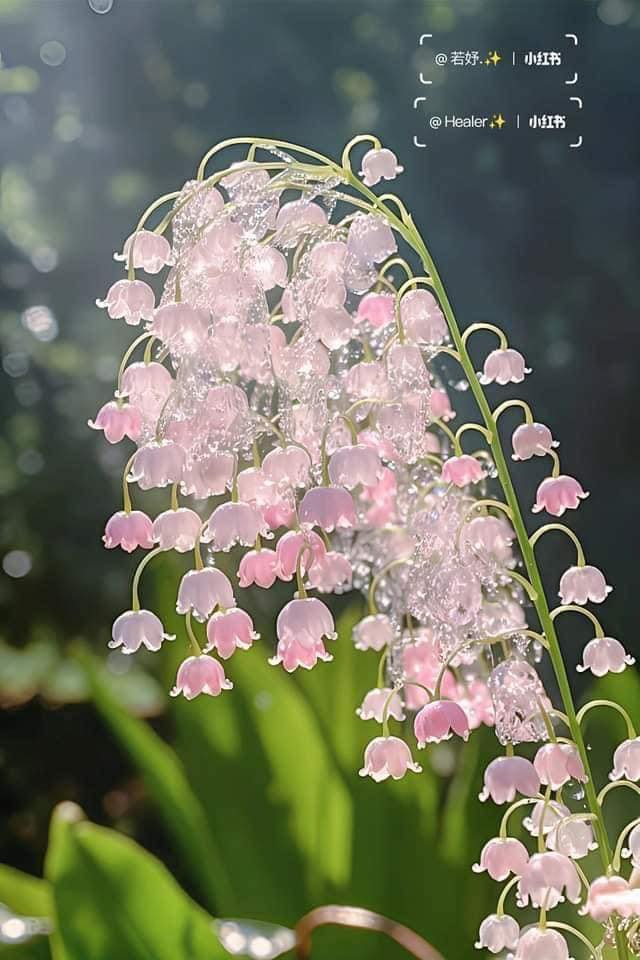
You’ll find lily of the valley throughout the northern hemisphere in Europe, Asia, and North America. Signifying the return of happiness, the plant is synonymous with the month of May, and it is indeed the 𝐛𝐢𝐫𝐭𝐡 flower for May.
Lily of the valley is also a very popular scent in perfumes, often found as a base note in floral fragrances, such as Dior Diorissimo, Yardley London’s Lily of the Valley, Chloé Eau de Parfum and Penhaligon’s Lily of the Valley, to name a few. It’s also a popular scent for spring candles, from brands including Jo Malone London, Diptyque, and Bamford.
Lily of the Valley at a glance:
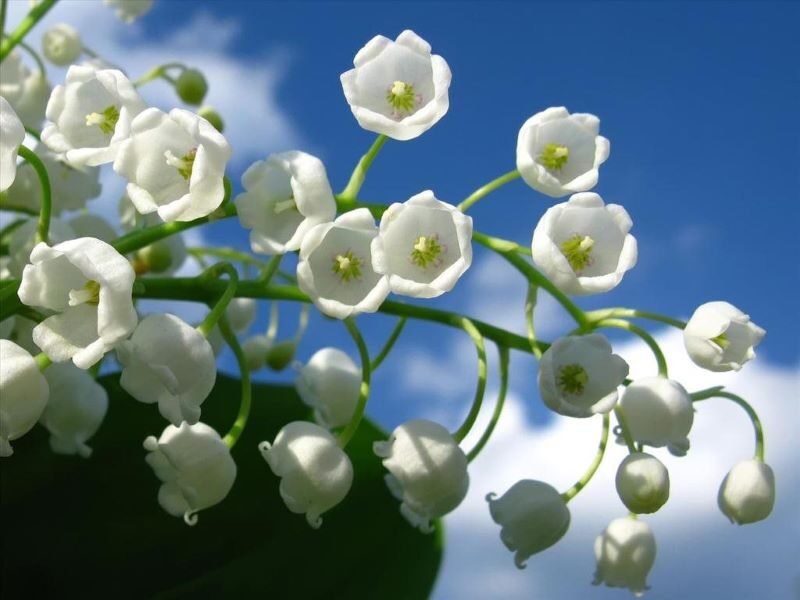
• Botanical name: Convallaria majalis
• Family: Asparagus (Asparagaceae)
• Other names: Conval lily, Lady’s tears, May bells, Muguet, Our Lady’s tears, Mary’s tears.
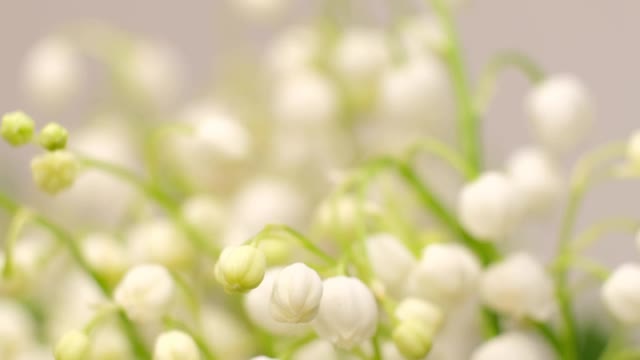
A symbol of purity, joy, love, sincerity, happiness and luck, lily of the valley has much significance beyond the United Kingdom. It’s actually the national flower of Finland, and in France, on 1st May for La Fête du Muguet, lily of the valleys are gifted to loved ones. This French custom dates back to the 16th century (inaugurated by Charles IX, King of France, in 1561) – symbolising luck and happiness.
Lily of the valley is mentioned 15 times in the Bible, most often in the Song of Solomon. With strong biblical connections, it’s said to have first bloomed where Eve’s tears fell as she left the Garden of Eden.

ALEXANDER SOROKOPUD//GETTY IMAGES
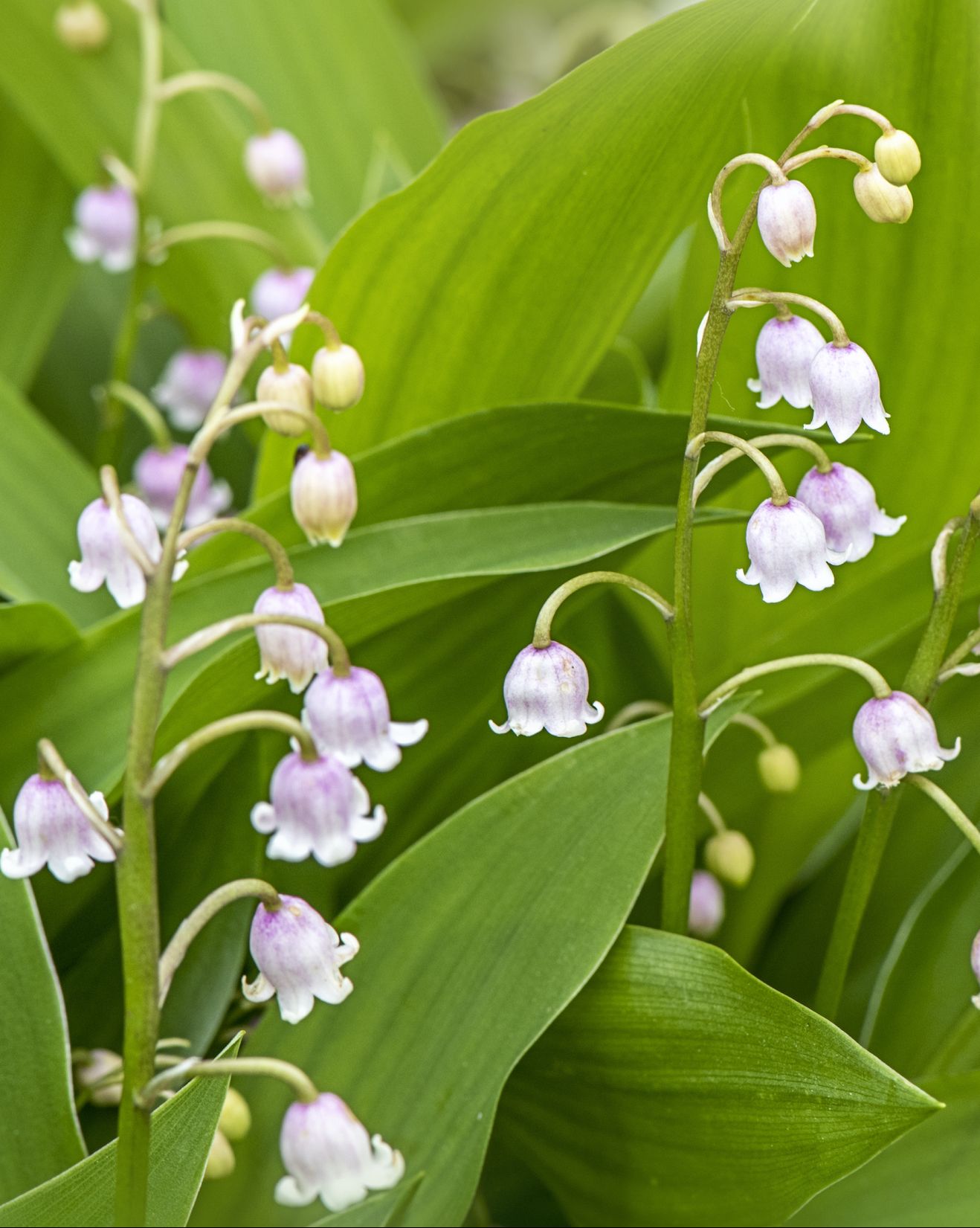
JACKY PARKER//GETTY IMAGESGarden type
Lily of the valley makes a good ground cover plant (you’ll quickly have a carpet of May bells in no time), making it ideal for woodland gardens (especially for shady and damp areas) and cottage gardens. These perfumed bell flowers would work equally well in a scented garden and cut flower patch. It’s also ideal for a low maintenance garden and would be a welcome addition to a shady border or patio pot. It will thrive under a canopy of trees or in the dappled shade under an established shrub.
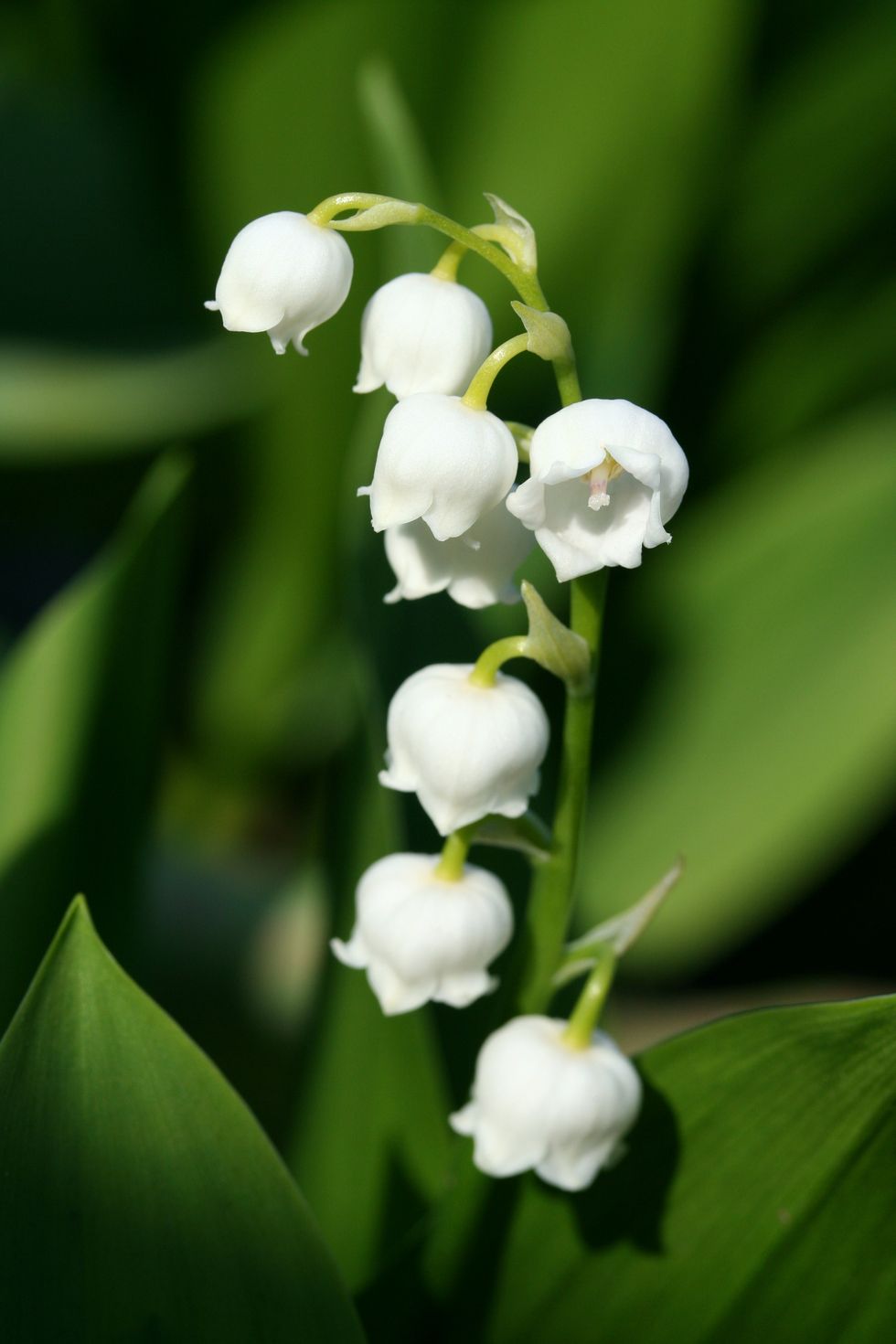
AKISPALETTE//GETTY IMAGESAdvertisement – Continue Reading BelowWhen to plant lily of the valley
Lily of the valley requires little maintenance and doesn’t need a lot to thrive – just full or partial shade and moist soil. Its flowering season is from May to June, going from pure white, highly fragrant bell-shaped blooms, to deep red berries, both of which add interest to the contrasting dark green stem.
Lily of the valley grows from rhizomes called pips that extend their roots underground, spreading horizontally and creating abundant ground cover, often at speed. It’s best grown in a pot indoors before planting out into the garden from May. Equally, you can buy it ready potted in spring from your local garden centre.
In autumn, you can divide and replant overcrowded colonies. Make sure to apply a generous mulch of composted leaf mould or chipped bark around the base of the plant. Remember, there are two ways to propagate lily of the valley – by seed sown in containers or trays in a cold frame or greenhouse, or by division in autumn.


